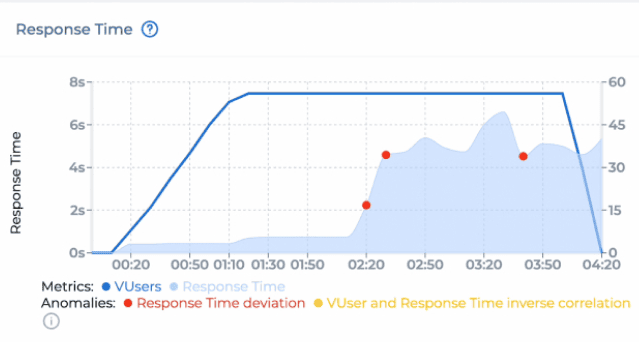
Website Load Testing Tutorial for QA Engineers
Performance testing is no longer reserved for specialized engineers. In the AI era, QA professionals can extend their functional testing skills to include load testing because new tools automate the most challenging aspects. PFLB offers an AI‑powered load testing platform that eliminates manual scripting and data analysis, letting you build realistic tests and receive detailed […]

How to Generate AI-Powered Load Test Reports with PFLB
Say goodbye to tedious manual reporting after load testing! With PFLB’s innovative AI-powered report generation, performance engineers can quickly turn detailed test data into comprehensive reports. This guide walks you step-by-step through setting up your test, running it, and effortlessly generating exhaustive performance analysis — so you spend less time reporting and more time optimizing. […]

How to Test Performance of gRPC
Software interfaces were invented to integrate applications. They work as a kind of port through which you can connect to third-party software and interact with it, for example, send a request to a database and get a response. To make the interface usable for other software, there have to be some rules—what requests can be […]

How to Load Test API: A Full Guide
In today’s digital ecosystem, APIs form the backbone of diverse software applications, facilitating communication and data exchange for an interconnected digital world. However, as demand for these services grows, ensuring their robustness and ability to handle varying levels of traffic becomes crucial. This is where PFLB, a next-generation, cloud-based load testing tool, comes in. In […]
PFLB platform features
About the PFLB Platform In this video you will learn about PFLB Platform features, including: how to create your own test project. Нere you will see: Load Profile Configuration The demonstration covers: Testing Reports Additionally, the video shows how to create and customize trend reports with embedded graphs and tables for key performance indicator monitoring […]